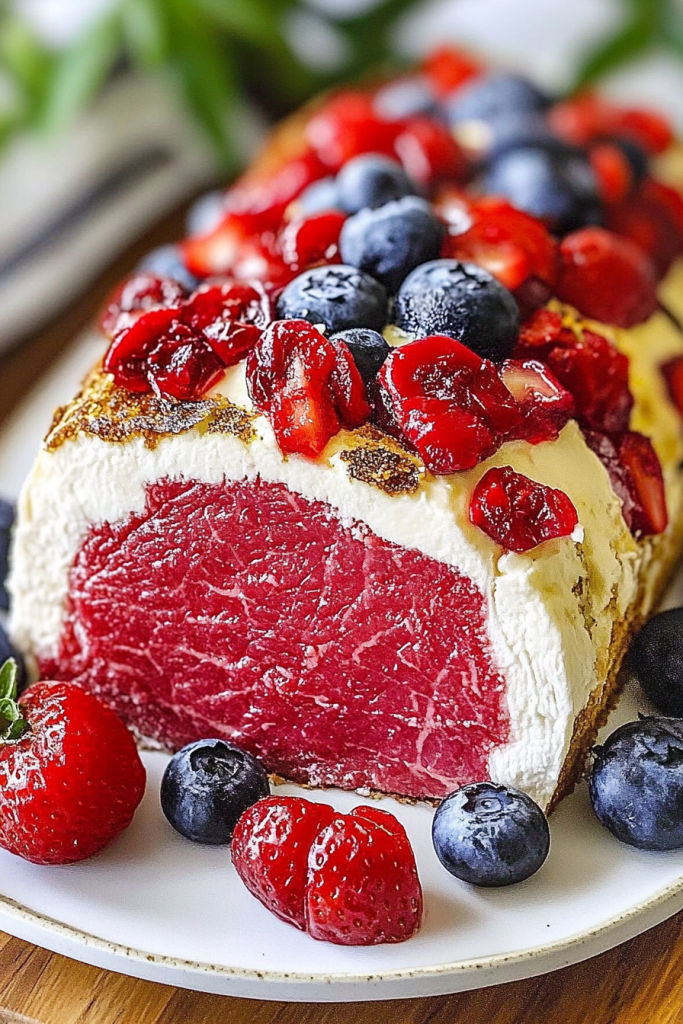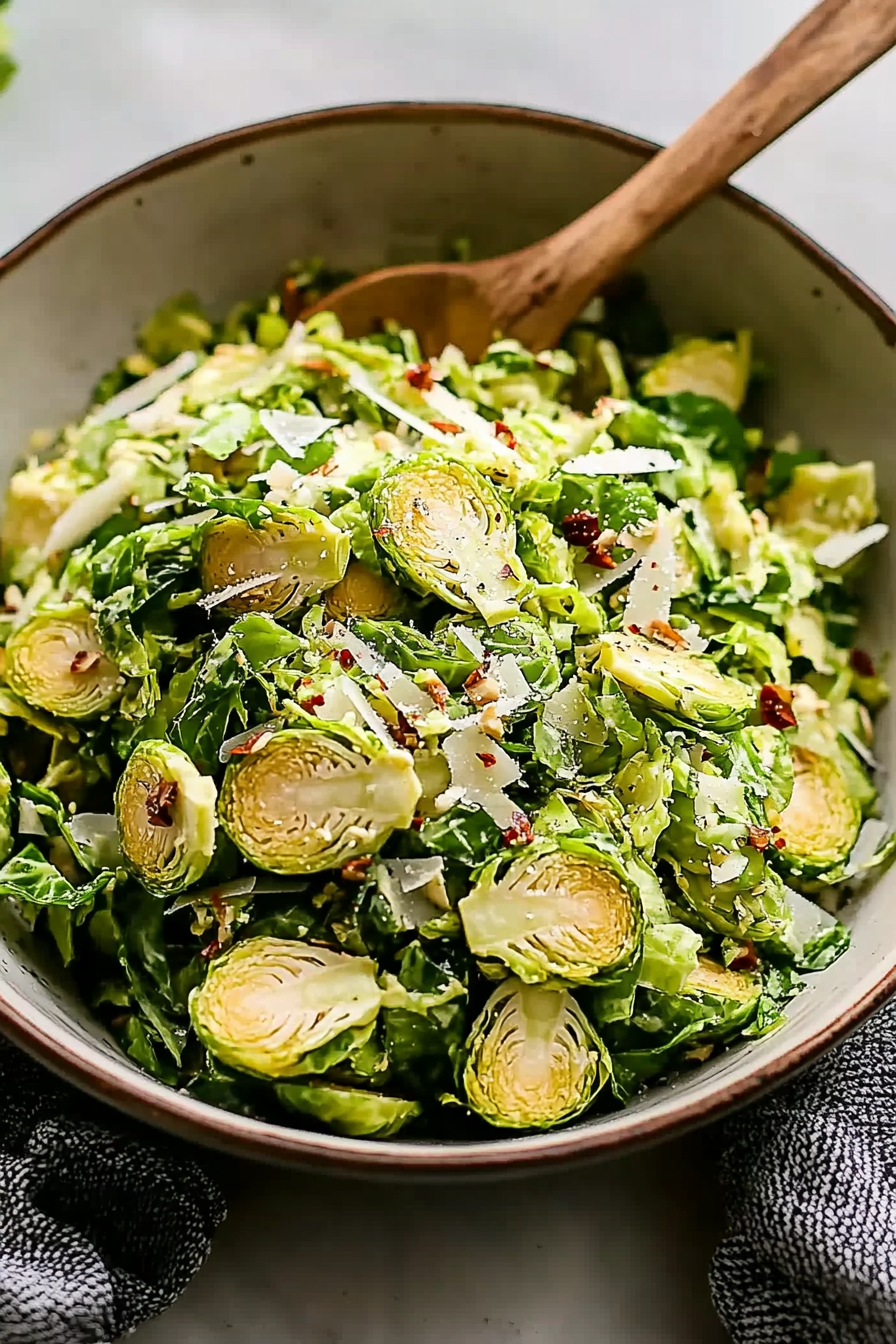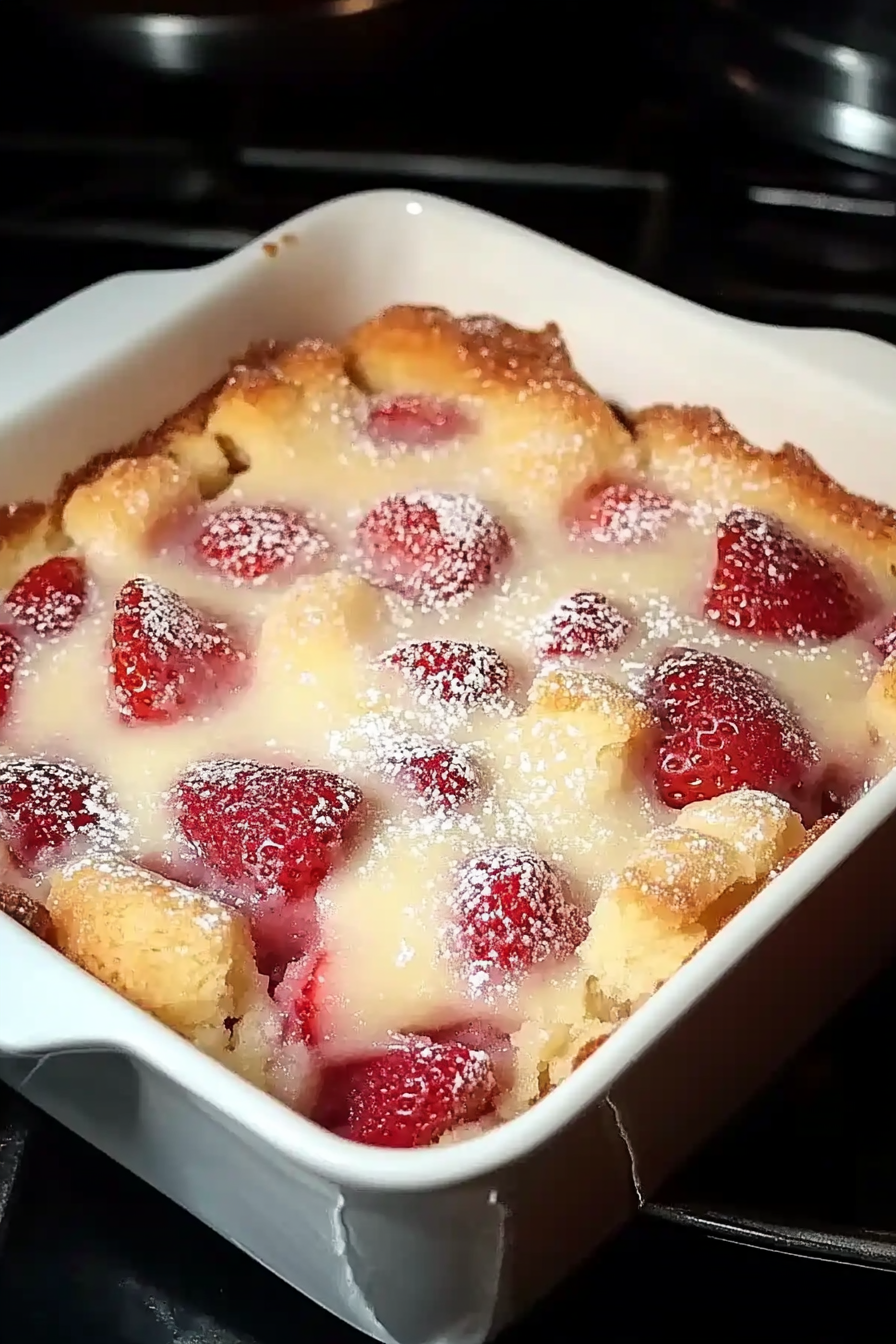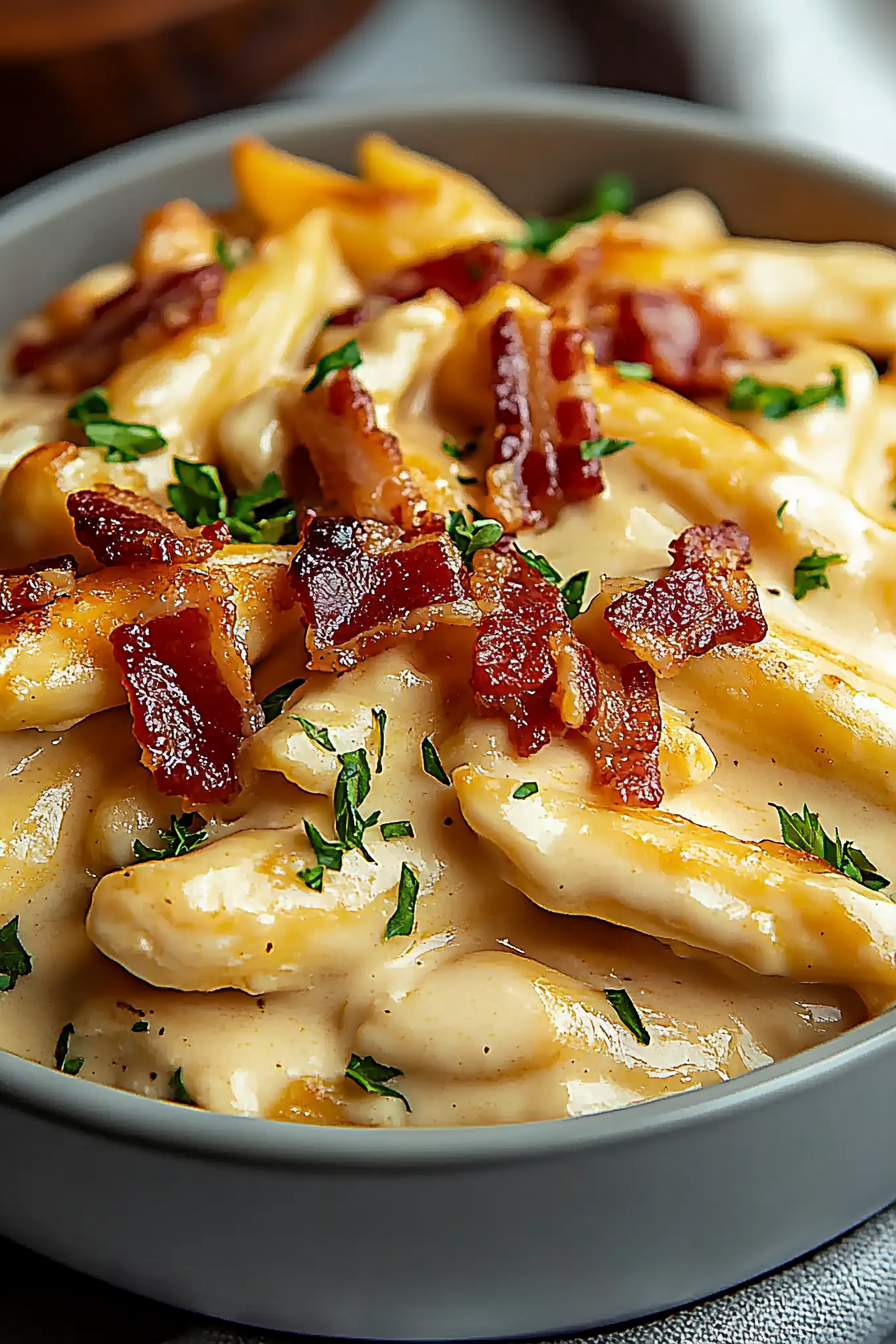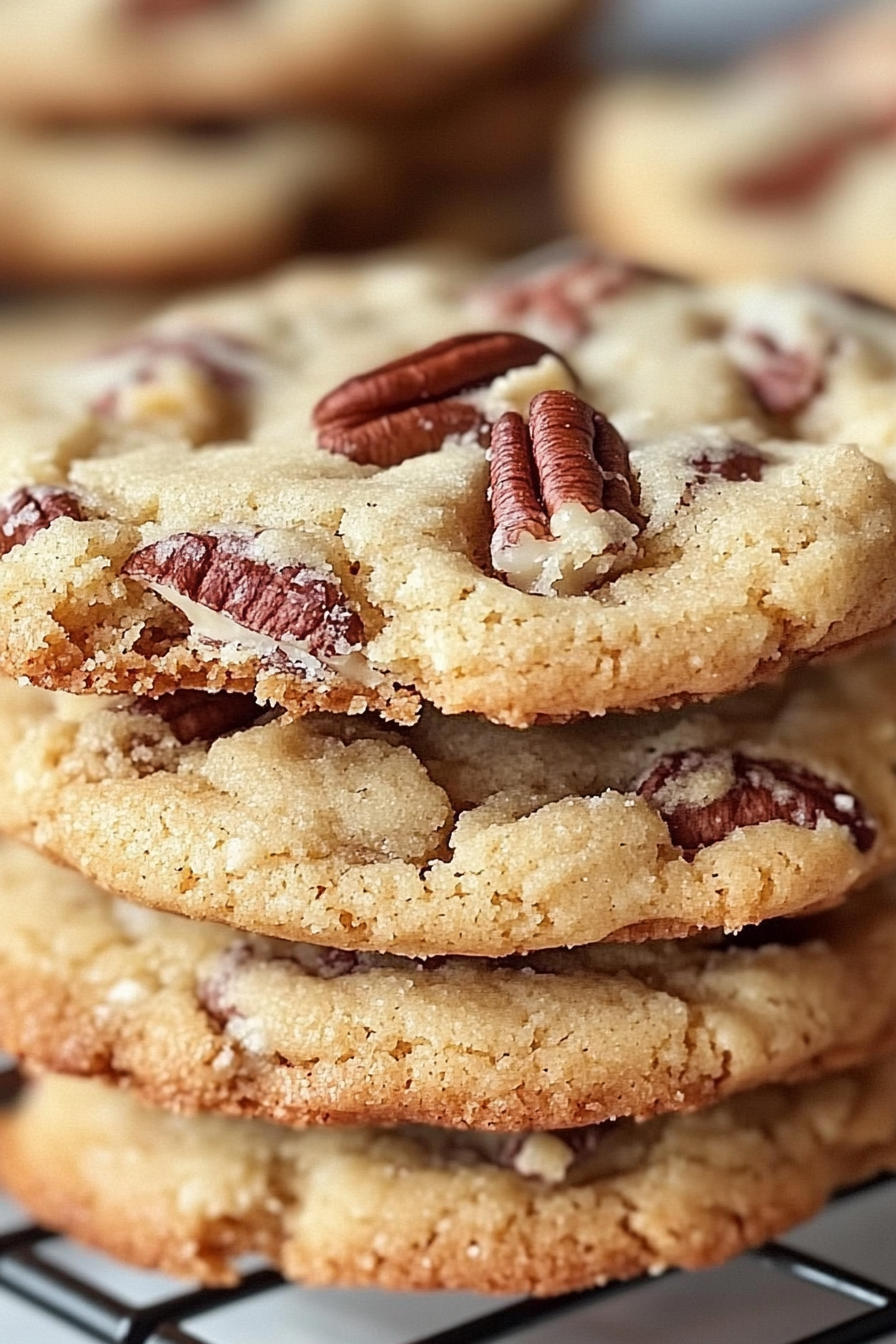There are certain meals that just feel *special*, you know? The kind you reserve for birthdays, anniversaries, or those rare evenings when you just want to treat yourself. For years, I thought those truly spectacular dishes, like a perfectly cooked Beef tenderloin, were strictly for fancy restaurants. I mean, who has the time or the confidence to tackle something so… well, elegant? But then, after a particularly memorable holiday dinner where my go-to roast was a bit of a dud, I decided it was high time to conquer the beef tenderloin. And oh, am I glad I did! This recipe isn’t just about cooking a piece of meat; it’s about unlocking a level of flavor and tenderness that will have everyone at your table asking for your secret. Forget those dry, overcooked roasts of the past. This method delivers a melt-in-your-mouth experience that’s surprisingly achievable for any home cook. It’s become my absolute go-to for impressing guests, celebrating milestones, and honestly, just making an ordinary Tuesday feel a little bit extraordinary. It’s that magical balance of impressive and doable, and I can’t wait to share it with you!
Thank you for reading this post, don't forget to subscribe!What is Beef Tenderloin?
So, let’s talk about beef tenderloin. When folks mention it, they’re usually referring to the psoas major muscle, a long, cylindrical cut that runs along the spine of the cow. Because this muscle doesn’t do a lot of heavy lifting during the animal’s life, it’s incredibly tender. It’s also quite lean, which is why proper cooking technique is so important to keep it moist and flavorful. Think of it as the Beyoncé of steak cuts – pure elegance and undeniable quality. It’s the star of dishes like filet mignon (when cut into individual steaks) and the centerpiece of a classic roast. The beauty of a whole beef tenderloin is its versatility; you can roast it, grill it, or even encase it in pastry like a Beef Wellington. My favorite way to prepare it is a simple, yet incredibly effective, sear and roast method that locks in all those amazing juices and creates a gorgeous crust. It’s a cut that commands respect, but thankfully, with the right approach, it’s also surprisingly forgiving.
Why you’ll love this recipe?
What are some of the reasons why I love this beef tenderloin recipe?flavor is just out of this world. We’re talking a deeply savory, almost buttery taste with a hint of richness that’s simply divine. The exterior gets this beautiful, caramelized sear, while the inside remains incredibly juicy and tender. It’s the kind of flavor that makes you close your eyes and savor every single bite. Then there’s the simplicity. I know, I know, beef tenderloin sounds fancy, but this method is genuinely straightforward. Once you get the hang of the searing and roasting times, it’s almost foolproof. It’s the kind of recipe that’s a lifesaver when you have guests coming over and you want to serve something impressive without spending hours in the kitchen stressed out. It’s also surprisingly cost-efficient compared to ordering a similar dish at a high-end restaurant. Buying a whole tenderloin and preparing it yourself is often significantly more economical, allowing you to enjoy a luxurious meal without breaking the bank. And let’s not forget versatility! While I adore this roasted version, you can easily adapt the seasoning. Want a Mediterranean twist? Add some dried oregano and lemon zest. Feeling Italian? Rosemary and garlic are your best friends. It pairs beautifully with a multitude of Side Dishes, making it adaptable for any occasion, from a romantic dinner for two to a festive holiday feast. What I love most about this recipe, though, is the confidence it gives me. It’s my secret weapon for making any meal feel like a celebration, and I’m so excited for you to experience that too.
How do I make Beef Tenderloin?
Quick Overview
This recipe is all about building layers of flavor and achieving that perfect tender texture. We start by searing the beef tenderloin on all sides to create a gorgeous, flavorful crust. Then, it goes into a hot oven to finish cooking to your desired doneness. The key is to use a reliable meat thermometer and not overcook it – that’s where the magic happens. It’s a simple, elegant process that yields spectacular results, perfect for any special occasion or even a weeknight treat if you’re feeling adventurous.
Ingredients
For the Beef Tenderloin:
1 whole beef tenderloin (about 3-4 pounds), trimmed of silver skin
2 tablespoons olive oil
2 teaspoons kosher salt (or to taste)
1 teaspoon freshly ground Black Pepper (or to taste)
1 tablespoon fresh rosemary, finely chopped (optional, but highly recommended!)
1 tablespoon fresh thyme, finely chopped (optional, but delicious!)
2-3 cloves garlic, minced (optional)
For the Pan Sauce (Optional, but so worth it!):
1 tablespoon butter
1/2 cup dry Red Wine (like Cabernet Sauvignon or Merlot)
1 cup beef broth
1 teaspoon Worcestershire sauce
Salt and pepper to taste
Step-by-Step Instructions
Step 1: Preheat & Prep Pan
First things first, let your beef tenderloin come to room temperature. This is a crucial step that many people skip, and it makes a huge difference in how evenly the meat cooks. Pull it out of the fridge at least 45 minutes to an hour before you plan to start cooking. While the beef is resting, preheat your oven to 400°F (200°C). Now, grab a heavy-bottomed, oven-safe skillet – cast iron is my absolute favorite for this. If you don’t have one, a good quality stainless steel skillet will work. You want something that can go from the stovetop to the oven seamlessly. Make sure it’s large enough to comfortably hold the tenderloin.
“New family favorite! This Beef tenderloin was so flavorful and ridiculously easy. Crowd-pleaser for sure.”
Step 2: Mix Dry Ingredients
In a small bowl, combine your kosher salt, freshly ground Black Pepper, and any fresh herbs you’re using (rosemary and thyme are divine here, and don’t skip the garlic if you like it!). I like to give this a good whisk to make sure everything is evenly distributed. This simple seasoning blend is what forms the foundation of that delicious crust. Don’t be shy with the salt and pepper; they really enhance the natural flavor of the beef.
Step 3: Mix Wet Ingredients
This step is super simple: just have your olive oil ready. I like to lightly brush the tenderloin with the olive oil first before applying the salt and pepper mixture. This helps the seasonings adhere beautifully and ensures a lovely sear.
Step 4: Combine
Pat your beef tenderloin completely dry with paper towels. This is another non-negotiable step for achieving a great sear! Moisture is the enemy of browning. Once dry, generously coat the entire tenderloin with the olive oil, then sprinkle the salt, pepper, and herb mixture all over, pressing it gently into the meat. Make sure every surface is coated. This is where all that delicious flavor starts to build.
Step 5: Prepare Filling
This recipe doesn’t really have a “filling” in the traditional sense, but if you were making a Beef Wellington, this is where you’d prepare your duxelles or mushroom mixture. For our simple roast, we’re focusing on getting that perfect sear.
Step 6: Layer & Swirl
This is the actual cooking stage where we build that beautiful exterior. Place your seasoned tenderloin into the preheated skillet over medium-high heat. You should hear a satisfying sizzle immediately! Sear the tenderloin for about 2-3 minutes per side, until a deep golden-brown crust forms all around. Don’t move it around too much while it’s searing; let it develop that crust. Use tongs to carefully turn it and sear all the surfaces, including the ends.
Step 7: Bake
Once the tenderloin is beautifully seared on all sides, carefully transfer the entire skillet into your preheated 400°F (200°C) oven. Now, this is where a meat thermometer becomes your best friend. You’ll want to roast it until it reaches your desired internal temperature. Here’s a general guideline:
- For rare: 120-125°F (49-52°C)
- For medium-rare: 130-135°F (54-57°C)
- For medium: 140-145°F (60-63°C)
A 3-4 pound tenderloin typically takes about 20-30 minutes to reach medium-rare, but ovens can vary, so always rely on your thermometer. You’re looking for a gorgeous, deep brown crust and a tender interior.
Step 8: Cool & Glaze
Once your beef tenderloin reaches the desired temperature, remove the skillet from the oven. Carefully transfer the tenderloin to a clean cutting board. Loosely tent it with foil and let it rest for at least 10-15 minutes. This resting period is crucial! It allows the juices to redistribute throughout the meat, resulting in a more tender and flavorful roast. While the beef is resting, you can quickly make a pan sauce if you like. Deglaze the skillet with red wine (scrape up any browned bits!), let it reduce, then add beef broth and Worcestershire sauce. Simmer until slightly thickened, then stir in the butter and season. It’s heavenly!
“I don’t know if I’ve ever eaten a better Beef tenderloin. The rub alone is wonderful, but the sauce??? Over the top!”
Step 9: Slice & Serve
After resting, your beef tenderloin is ready to be sliced. Use a sharp carving knife and slice against the grain into ½-inch to ¾-inch thick pieces. The meat should be incredibly tender and juicy. Serve immediately with your favorite sides and that glorious pan sauce, if you made it. The visual appeal of a perfectly roasted tenderloin is just stunning, and the aroma is incredible!
What to Serve It With
Oh, the possibilities are endless when it comes to pairing sides with a beautiful beef tenderloin! It’s one of those versatile cuts that shines alongside so many dishes, making it perfect for any occasion. For a classic breakfast (because who says tenderloin is just for dinner?), imagine thin slices served alongside fluffy scrambled eggs or a rich hollandaise sauce. A strong cup of coffee is the only beverage you need. When it’s time for brunch, elevate your spread with roasted asparagus, a light citrus salad, or some mini potato gratins. Elegant plating with fresh herbs makes it feel extra special. As a decadent dessert (yes, really!), think of it as the savory counterpoint to something sweet and light, like a lemon panna cotta or a berry tart. It’s a sophisticated palate cleanser. And for those cozy snacks, imagine thick slices served with a dollop of horseradish cream, alongside some crusty bread for mini sandwiches. It’s pure comfort! My family tradition for holiday dinners always includes creamy mashed potatoes, roasted Brussels sprouts with bacon, and a big, fresh green salad with a vinaigrette. It’s a meal that feels both comforting and incredibly celebratory. I also love serving it with a simple side of roasted root vegetables in the fall or a vibrant grilled corn and tomato salad in the summer.
Top Tips for Perfecting Your Beef Tenderloin
I’ve learned a few things over the years of making beef tenderloin, and I’m happy to share them with you. First, about the tenderloin prep: always, always trim the silver skin. It’s that thin, iridescent membrane that runs along the muscle. It’s tough and won’t break down during cooking, so it’s essential to remove it. A sharp boning knife is your best friend here. Just slide the tip under the silver skin and run it along the length of the tenderloin, peeling it away. Also, make sure your tenderloin is at room temperature before cooking; it’s a game-changer for even cooking. For mixing advice, the key is to get a good, even coating of your salt, pepper, and herb mixture. Don’t just sprinkle it on; gently press it into the meat. This creates that delicious, flavorful crust. If you find your herbs aren’t sticking, a tiny bit more olive oil on the meat first can help. When it comes to swirl customization, if you’re feeling creative and want to add a twist, you can mix in other dried spices like smoked paprika, a pinch of cayenne for a little heat, or even some garlic powder into your salt and pepper blend. Experimenting with different herbs is also fun – thyme, sage, and even a hint of tarragon can be wonderful. For ingredient swaps, if you’re not a fan of rosemary or thyme, don’t worry! A simple salt and pepper rub is still fantastic. You can also try garlic powder and onion powder for a savory kick. If you don’t have olive oil, another high-heat cooking oil like avocado oil or grapeseed oil will work. For baking tips, remember that oven temperatures can vary significantly. Invest in an oven thermometer to ensure you’re cooking at the correct temperature. Also, resist the urge to open the oven door too often, as this releases heat and can prolong the cooking time. When checking for doneness, insert your meat thermometer into the thickest part of the tenderloin, avoiding any large pockets of fat. For glaze variations, while this recipe focuses on a beautiful sear, if you wanted to add a glaze in the last 10 minutes of roasting, you could try brushing it with a mix of Dijon mustard and a touch of honey or maple syrup. Just be sure to watch it closely so it doesn’t burn. Trust me on this one, the simple seasoning is usually all you need!
Storing and Reheating Tips
One of the great things about beef tenderloin is that it often yields delicious leftovers, and knowing how to store and reheat it properly is key to enjoying them. For room temperature storage, it’s best to get your leftovers into the refrigerator as soon as possible, ideally within two hours of serving. While it can sit out for a little while, the quality will degrade more quickly. For refrigerator storage, wrap the leftover beef tenderloin tightly in plastic wrap or aluminum foil, or place it in an airtight container. It should stay fresh in the fridge for about 3-4 days. The key is to minimize air exposure to prevent it from drying out. When it comes to freezer instructions, you can freeze cooked beef tenderloin for up to 2-3 months. Wrap it very tightly in plastic wrap, then in aluminum foil, or use freezer bags for extra protection. Make sure to label and date it! For thawing, it’s best to transfer it from the freezer to the refrigerator and let it thaw overnight. This helps maintain the quality. For reheating, the method really depends on how you want to serve it. Slicing it thinly and gently warming it in a pan with a little broth or butter is a fantastic way to revive it for sandwiches or to add to a pasta dish. You can also reheat slices in a low oven (around 300°F or 150°C) until warmed through. Avoid microwaving, as it can make the meat tough and rubbery. For glaze timing advice, if you made a pan sauce or glaze, store it separately from the meat in an airtight container in the refrigerator. Reheat the sauce gently on the stovetop before serving. If you’re freezing leftovers with the glaze, it’s often best to add a fresh drizzle after reheating the beef.
Frequently Asked Questions
Final Thoughts
So there you have it – my foolproof method for cooking a magnificent beef tenderloin right in your own kitchen. It’s a dish that looks and tastes incredibly luxurious, but the process is so manageable, I truly believe anyone can master it. The beauty of this recipe lies in its simplicity, allowing the quality of the beef to shine through, enhanced by a perfect sear and a hint of aromatic herbs. It’s the kind of meal that creates lasting memories, whether it’s a quiet anniversary dinner or a boisterous family gathering. If you loved this, I highly encourage you to explore other classic roast recipes or delve into some hearty side dishes that pair wonderfully with beef. Don’t be afraid to experiment with your favorite herbs and spices – make it your own! I’ve made this countless times, and it never fails to impress. Can’t wait to hear how yours turns out! Happy cooking!
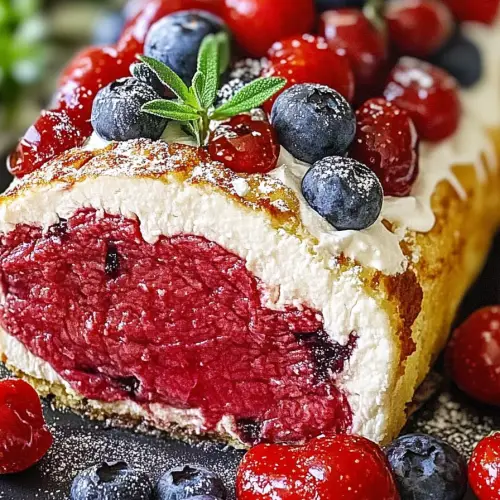
Beef Tenderloin
Ingredients
Main Ingredients
- 2.5 pound Beef tenderloin roast center cut
- 2 tablespoon Olive oil
- 1 teaspoon Salt
- 0.5 teaspoon Black pepper freshly ground
- 2 cloves Garlic minced
- 0.25 cup Butter unsalted, softened
- 1 tablespoon Fresh rosemary chopped
- 1 tablespoon Fresh thyme chopped
Instructions
Preparation Steps
- Preheat your oven to 425°F (220°C).
- Pat the beef tenderloin dry with paper towels. Rub it all over with olive oil, salt, pepper, and minced garlic.2.5 pound Beef tenderloin roast
- In a small bowl, combine the softened butter with chopped rosemary and thyme. Spread this herb butter evenly over the top of the beef tenderloin.2.5 pound Beef tenderloin roast
- Place the beef tenderloin in a roasting pan. Roast for 15 minutes at 425°F (220°C).2.5 pound Beef tenderloin roast
- Reduce the oven temperature to 375°F (190°C) and continue roasting for another 30-40 minutes, or until a meat thermometer inserted into the thickest part registers 130°F (54°C) for medium-rare.
- Remove the tenderloin from the oven and let it rest for 10-15 minutes before slicing. This allows the juices to redistribute, ensuring a tender and moist result.
- Slice the beef tenderloin into thick pieces and serve immediately.


